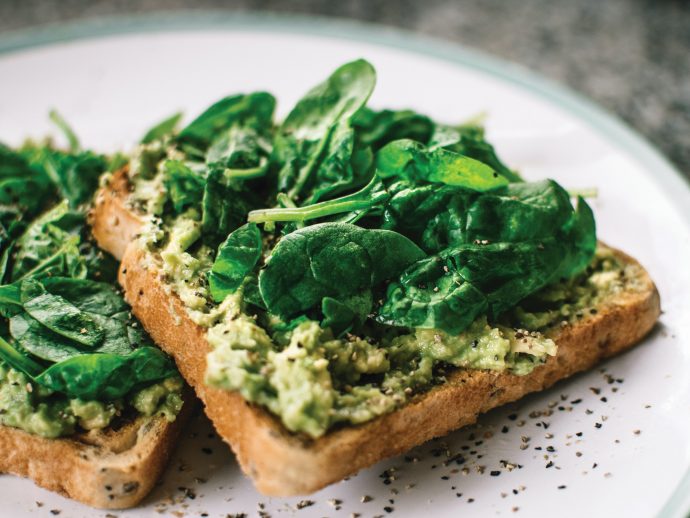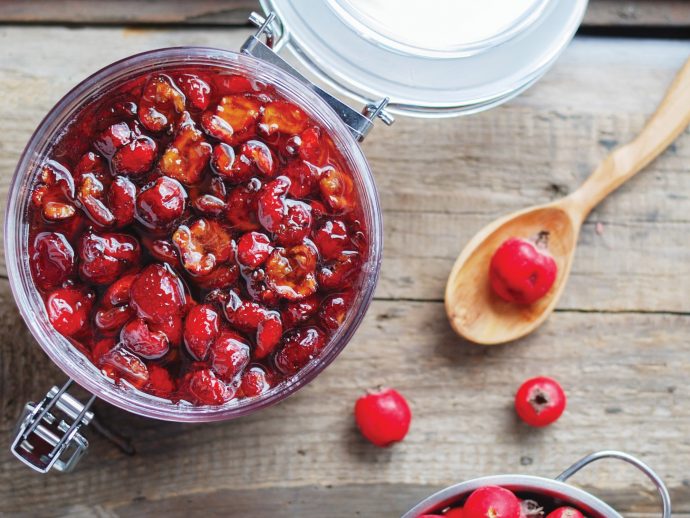
Heart health is important to us all. So, too, is good food. Food and heart health make a natural couple. Here are some more happy couples: food duos that, together, provide heart-healthy dividends.
There are certain foods that, instead of taking a solo adventure to improve our heart health, instead, seem to perform better when set free to mingle. This is called food synergy: where the benefits of two or more foods eaten together can be greater than the sum of their parts. When working in unison, these foods amplify their nutritional benefits.
Spinach and avocado
Dark leafy greens such as spinach and kale are already nutritional heavy hitters, but if you really want to reap their rewards, make sure to fatten them up. Research shows that consuming foods such as kale, tomatoes, and carrots—good sources of carotenoid antioxidants including lycopene and beta carotene—with a dietary source of fat, such as avocado, can increase how much of these heart-friendly plant compounds we absorb.
Turmeric and black pepper
While turmeric is increasingly being studied for its heart-benefitting, lipid-lowering, and anti-inflammatory powers and a big reason why golden milk is trending, we don’t absorb its main bioactive compound, curcumin, into the bloodstream very well. The good news is that a chemical found in black pepper called piperine can greatly bolster our ability to take up curcumin. So, whenever you add the golden spice to curries, soups, sauces, and scrambled eggs, don’t forget to also include a few twists of the pepper grinder.
Oats and berries
Sure, a hunk of steak is a good source of iron, but you can also get the mineral from plant-based foods such as oats, beans, lentils, tofu, fortified cereals, and spinach. There’s a catch, though: only 2 to 20 percent of the iron found in plant foods, called non-heme iron, makes its way from your digestive tract into your blood. Mother Nature has provided an assist in the form of vitamin C (ascorbic acid)—present in edibles such as berries, bell pepper, tomatoes, broccoli, and citrus—which converts plant-based iron into a form that is more readily absorbed.
Tea and lemon
A recent study discovered that adults who consumed more green or black tea were, on average, more likely to have lower total and LDL (bad) cholesterol and higher HDL (good) cholesterol than those who didn’t consume tea. It might be that the potent antioxidants, including catechins, in green tea can improve your cholesterol profile. And it turns out you can make green tea even more of an antioxidant powerhouse by adding a squirt of lemon. Citrus juice can increase the amount of antioxidants in green tea that are available for the body to absorb by up to five-fold.
By Matthew Kadey






